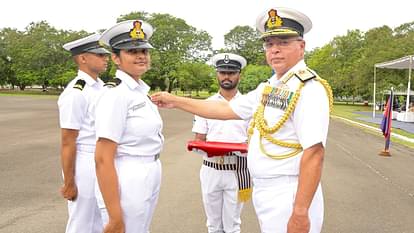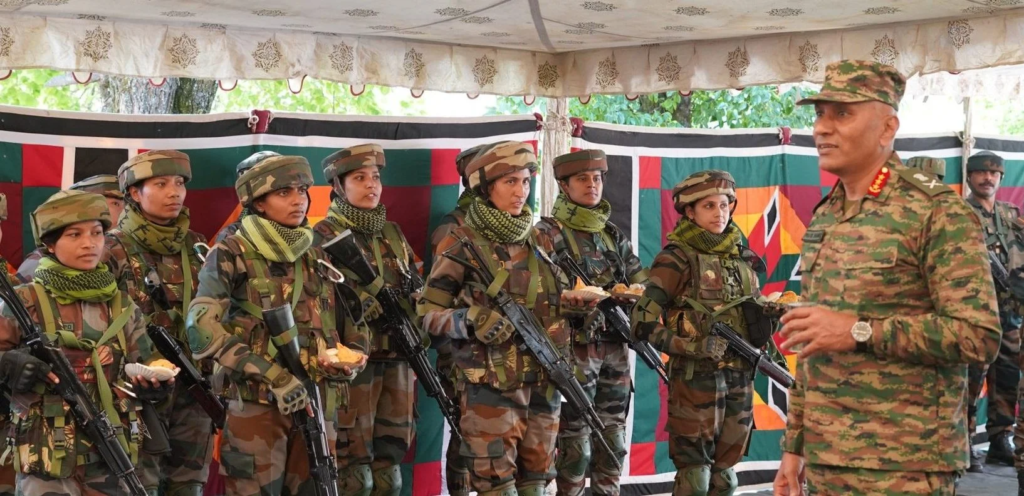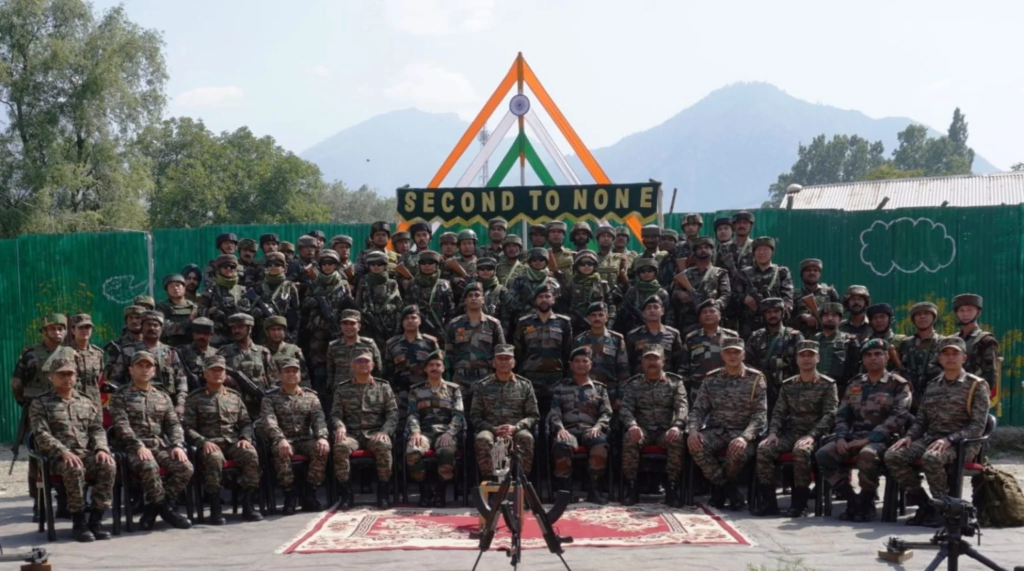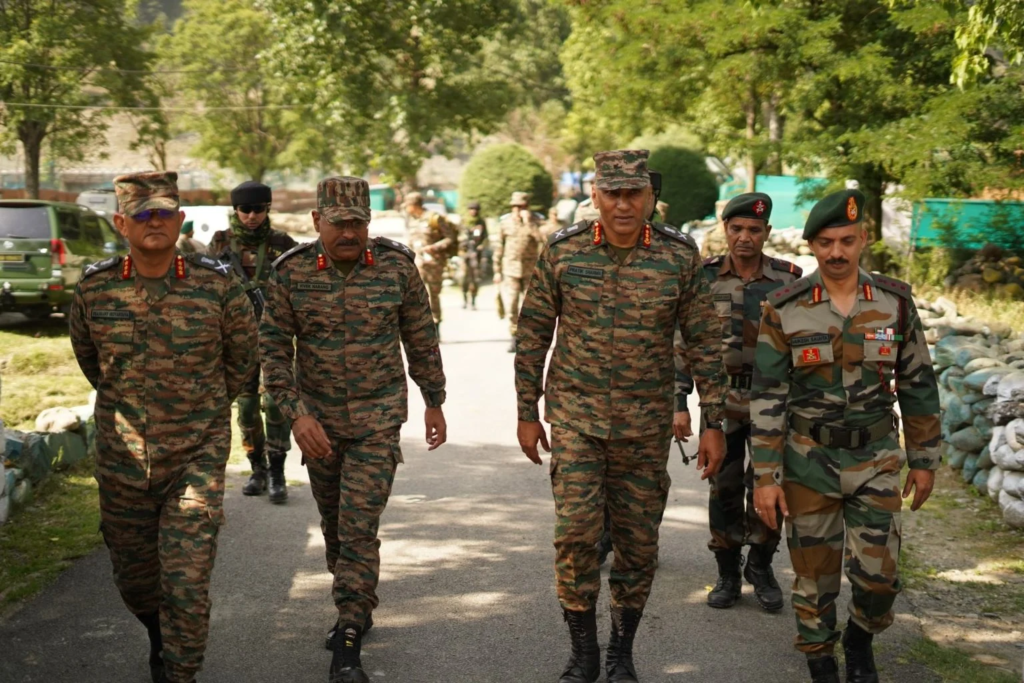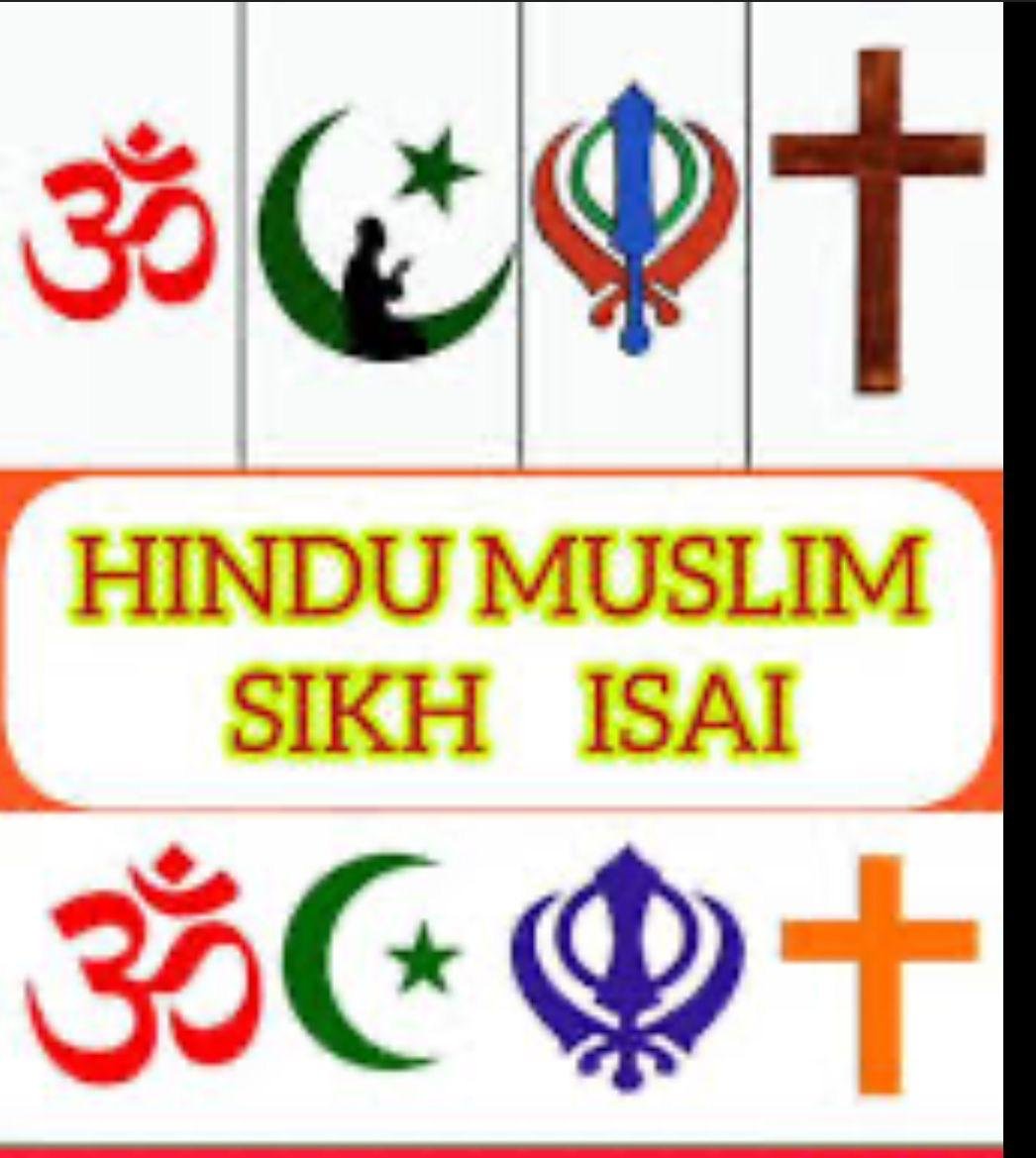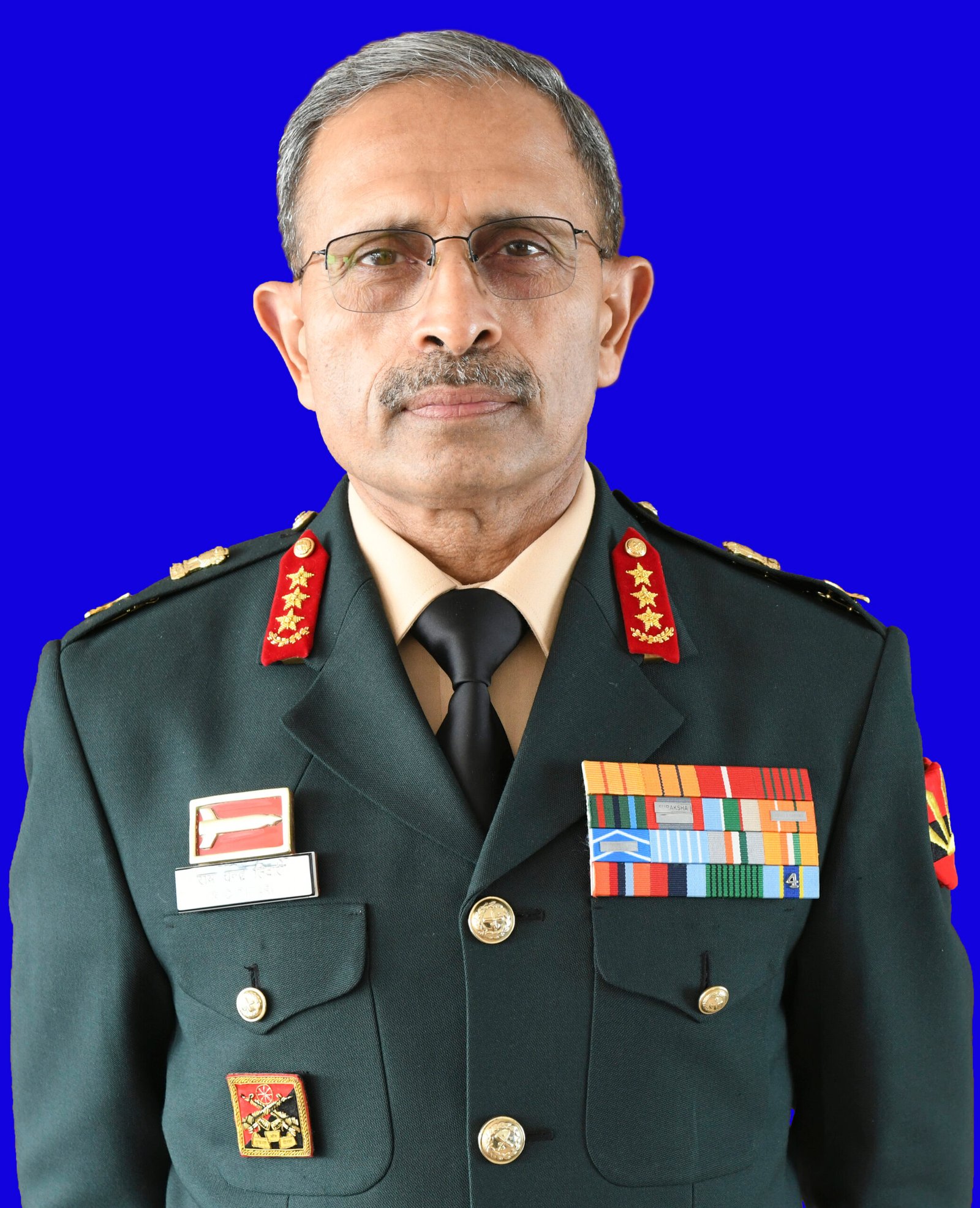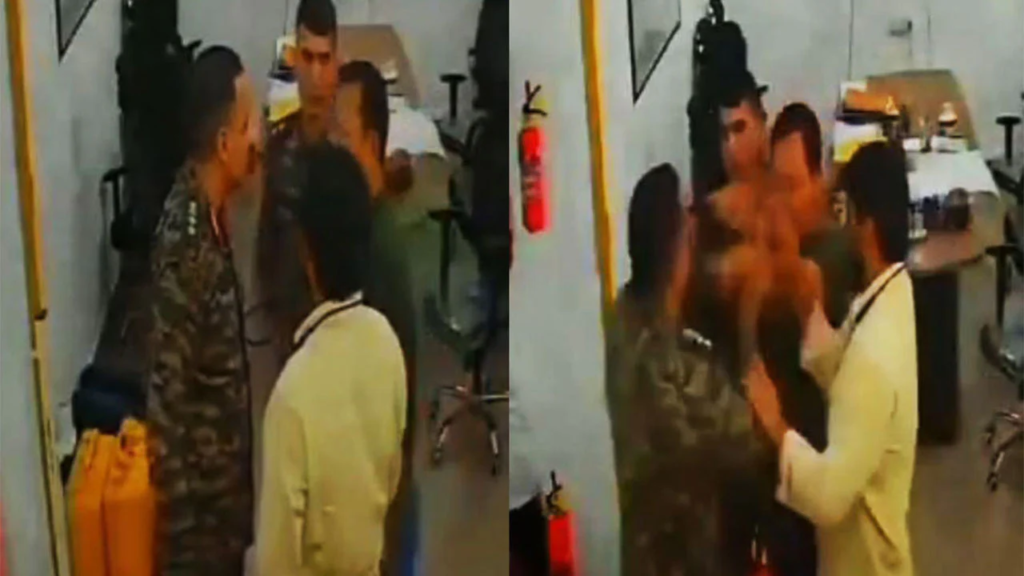
A clash involving a senior Army officer and a government official regarding the Line of Control (LoC) fencing project has caused a stir on social media, drawing significant attention from military veterans and defense enthusiasts. The incident allegedly involved the assault of Colonel Ankush Chaudhary, the Commanding Officer of an engineer regiment, by Assistant Defence Estate Officer (ADEO) Triyam Singh.
Colonel Chaudhary was responsible for supervising a critical LoC fencing initiative following a recent infiltration attack in Pahalgam. He reportedly approached ADEO Singh to secure necessary approvals for the project, which is part of enhanced border security efforts in the region. When ADEO Singh declined to sign the vital board proceedings and approve the land-use documentation, Colonel Chaudhary visited Singh’s office in person to discuss the matter.
Reports indicate that the meeting escalated into a confrontation when ADEO Singh allegedly assaulted the Army officer. In a show of support for their Commanding Officer, soldiers from the engineer regiment reportedly retaliated against the official. This incident has sparked a broader discussion about the behavior of civil officials involved in defense land matters and the difficulties faced in executing urgent military infrastructure projects.
Military veterans and current personnel have expressed solidarity with Colonel Chaudhary and his soldiers, emphasizing the deep emotional and professional ties between commanding officers and their troops. Former Northern Army Commander Lt Gen (Retd) KJS Dhillon commented, “For the soldiers, CO is next only to God. Touching a CO has consequences. A CO has responsibility to protect his jawans and he will lay down his life doing so, and vice versa for the jawans.”

The incident was brought to light by retired Army officer Sushil Singh Sheoran on the social media platform X. Sheoran accused the Defence Estate Office (DEO) of corruption and obstruction, stating, “The Defence Estate Office within the Ministry of Defence is known for its corruption and often tries to stall projects in exchange for bribes.”
While the Ministry of Defence has yet to release an official statement, the incident has amplified calls for systemic reforms in the Defence Estate management system and improved civil-military coordination in sensitive operational areas.






















































